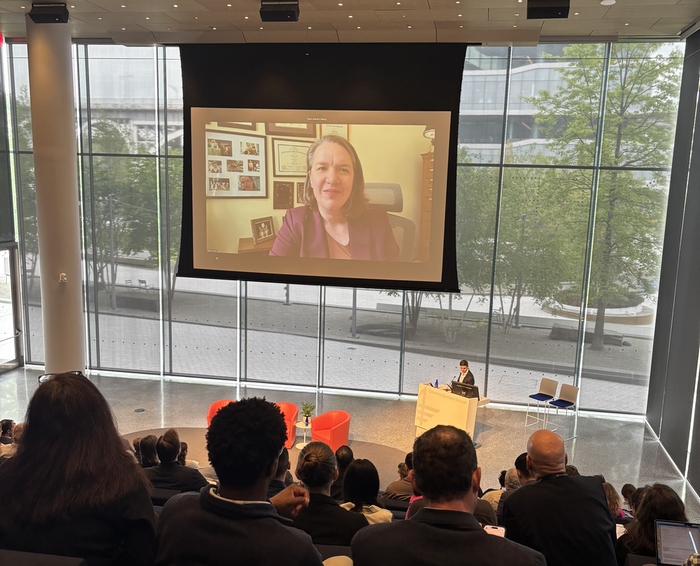Thanks again for being a subscriber.
In today's update we are focusing on models, with a recent industry discussion regarding how climate change will force physical risk models to adpat.
For paid subscribers and free members, we have:
New Colorado Wildfire Model Law Takes Effect July 1
Legislation was signed into law last week allowing model use in setting prices, but a wildfire reinsur
UK Insurers Warned of U.S.-Style Legal Risks in Call for Litigation Funding Reform
Lloyd’s Market Association pushes for regulation, citing Florida-style tort crises and rising conflicts of interest.

Rebuilding the Model: Insurance Experts Call for Climate-Adjusted Risk Tools
As natural catastrophe losses escalate, insurers and large enterprises are facing a critical point: Can their risk models evolve fast enough to keep up with the accelerating economic volatility of the climate?
That was the focus of a panel discussion at Columbia Business School’s recent Climate Business & Investment Conference, where professionals from Aon, Verisk, and Guy Carpenter detailed how legacy risk model tools are being re-engineered to serve not just annual underwriting cycle needs but longer-term strategic planning.
“Catastrophe models are designed to give a damage-centric view of low-frequency, high-severity events,” said Kingsley Greenland, Director of Mortgage Risk Analytics at Verisk. “But we live in a world of data scarcity and uncertainty—and now, climate change adds another layer of structural uncertainty across all model components.”
From Historical to Hypothetical
Greenland described how traditional CAT models rely on synthetic event catalogs based partly on historical data, applying hazard simulations to exposed assets to estimate damage ratios and insured loss. But climate-adjusted modeling demands something more, in particular Greenland called for more detail data setss:
“Even if we knew exactly how much carbon would be emitted over the next 30 years—which we don’t—there’s no single climate model that tells you what that means at a granular level,” Greenland added.
Hazard Blind Spots and "Out-of-Sample" Threats
The discussion also touched on geographic blind spots in current risk modeling—particularly in easter shore of Florida which has been spared a majority of the recent major storm activity. While the western Gulf Coast has borne the brunt of recent landfalls, Kieran Bhatia, SVP and Head of Climate & Sustainability at Guy Carpenter, warned of complacency along Florida’s more densely populated eastern corridor.
“From a historical and scientific perspective, there’s no reason why major hurricanes can’t hit the Miami-Fort Lauderdale corridor again,” he said. “We could see an ‘out-of-sample’ event that breaks past assumptions.”
Volatility and Nonlinear Risk
Another modeling challenge is the industry’s reliance on average climate signals—percent changes per degree Celsius—while real-world volatility is increasingly shaped by atmospheric variability (El Niño, PDO, Santa Ana winds, etc.).
“The mean signal doesn’t always tell you the real story,” Guy Carpenter's Bhatia explained. “We need to factor in volatility, not just trend, especially when dealing with compound events like rainfall-driven wildfires.”
A Call for Integrated, Climate-Conditioned Views
While risk model development is accelerating, the Columbia panelists noted that adoption still lags, especially in translating these insights into underwriting and investment decisions.
“There’s a real opportunity in multi-year insurance coverage that aligns with lender and investor risk horizons,” said Greenland. “But that requires models capable of forward projections—not just historical snapshots.”
Aon’s Megan Hart, Global Head of Analytics and Collaborations within Climate Risk Advisory, underscored the importance of aligning actuarial models with cutting-edge science.
“Where we have high scientific confidence—sea level rise, wildfire behavior—we need to embed those insights into underwriting models now,” Hart said. “And where the science is still uncertain, our models should reflect that uncertainty transparently.”





